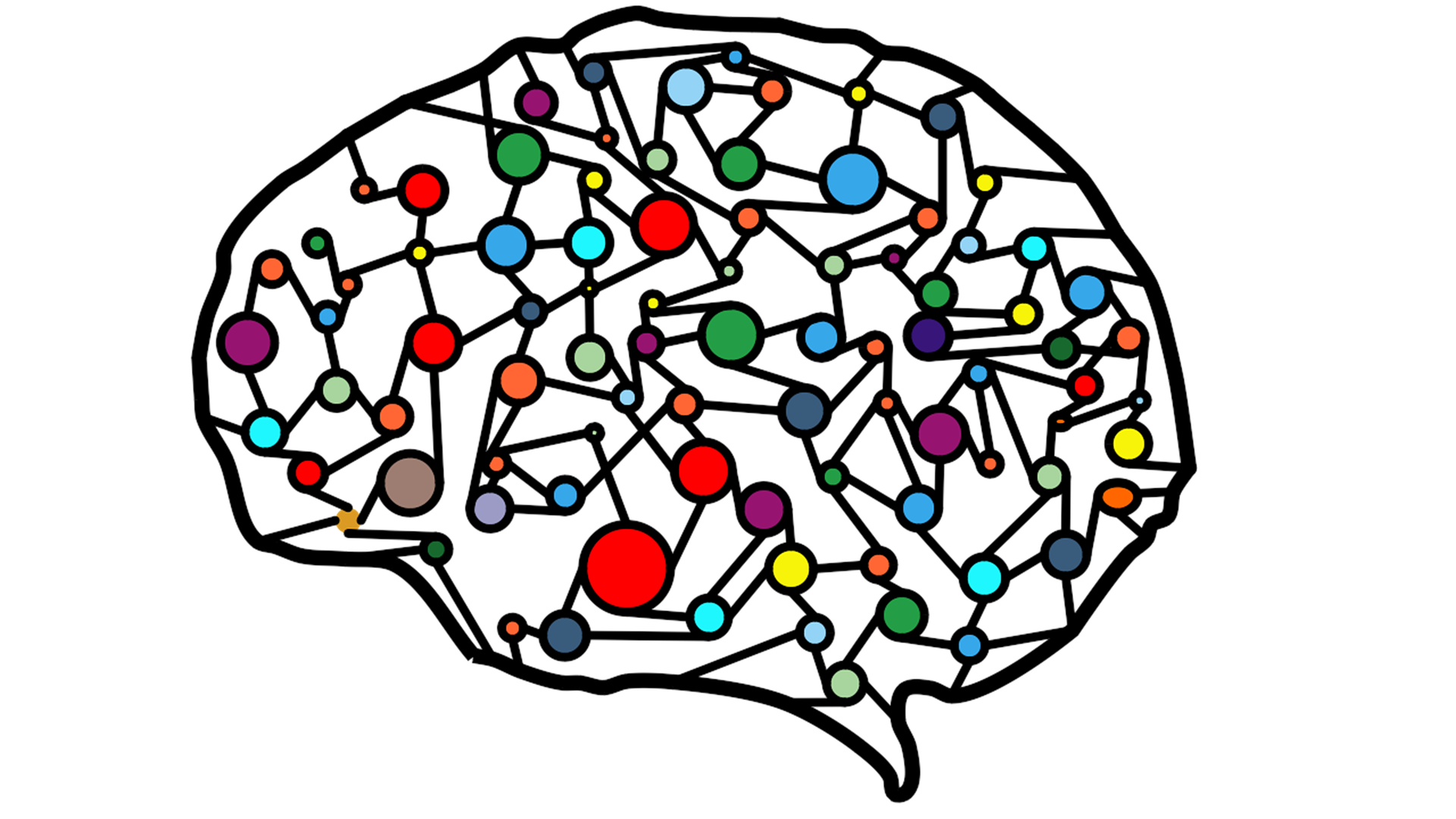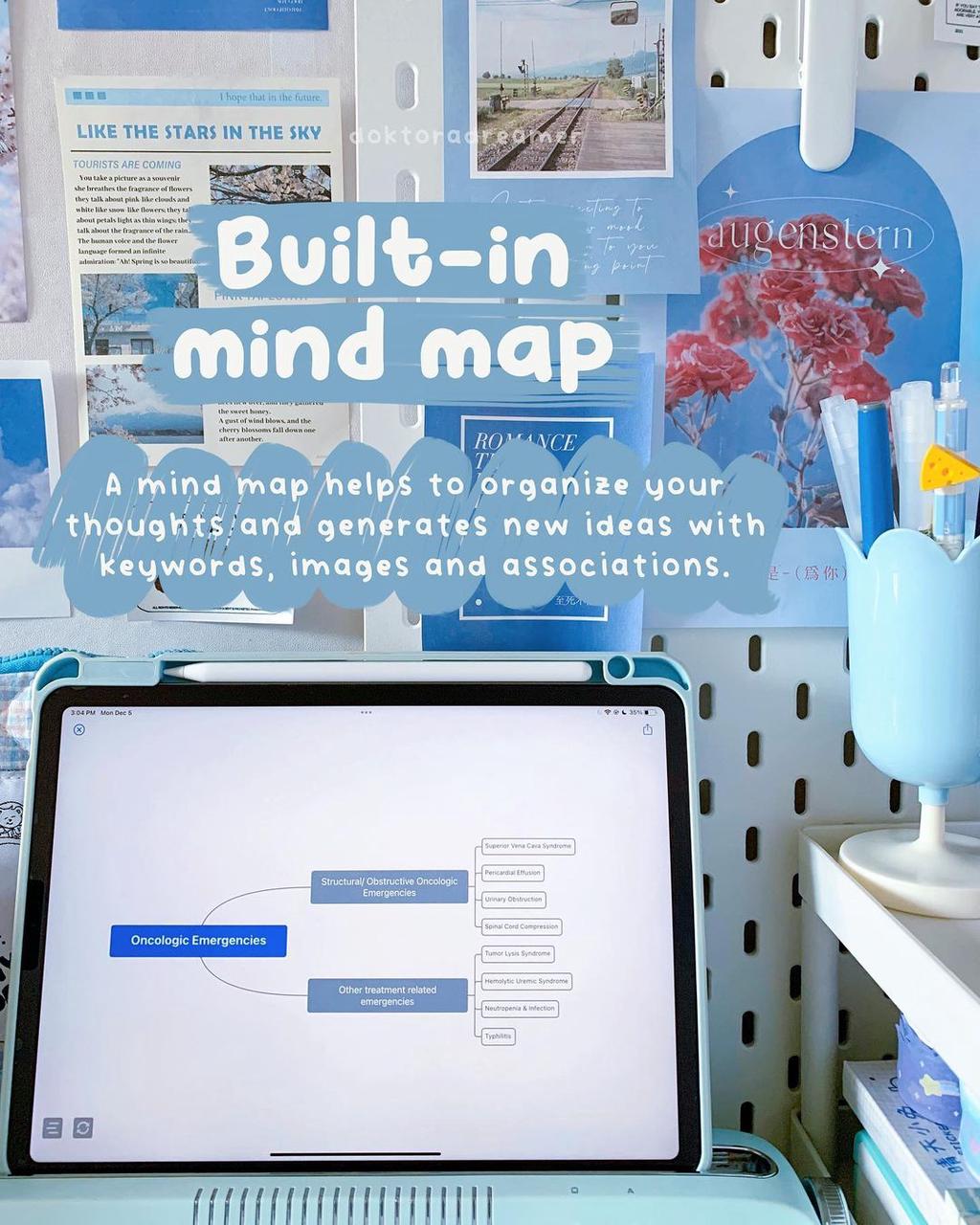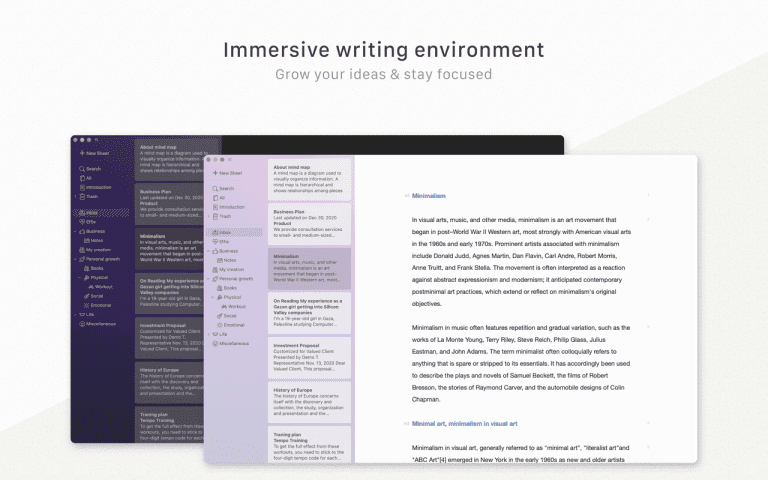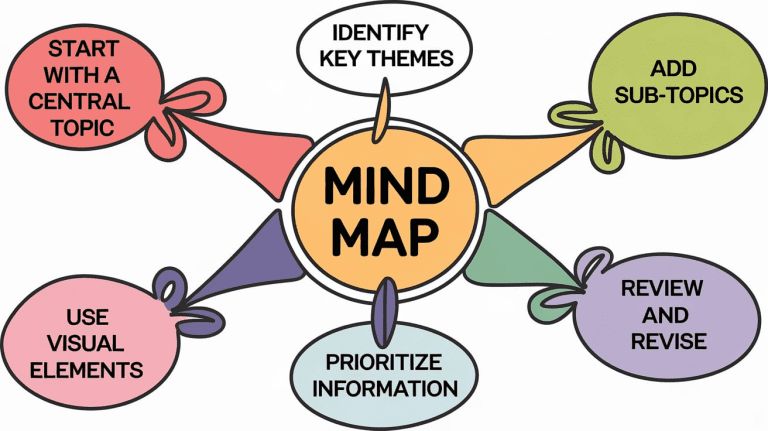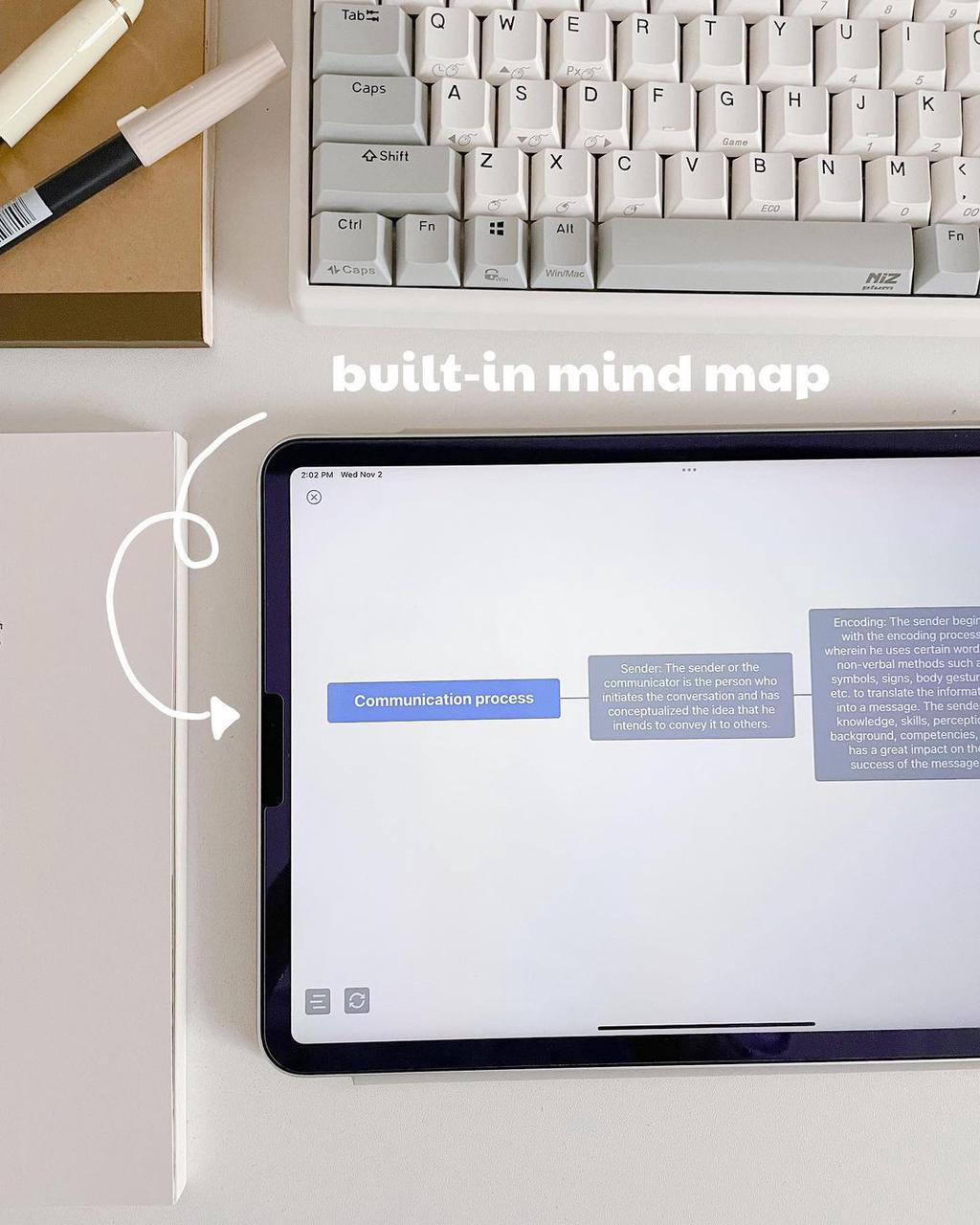How to Assist Your Memory with Mind Maps?
Do you know your brain actually has infinite storage capacity?
I know some will say, “if it’s true, how come sometimes I have the feeling of my brain reaching its limit?” It’s because something must’ve gone wrong in the way you store new information.
Naturally, your brain retains new information by imagination and associations in a radiant manner. Like this…

Think about the word, “Apple”, for instance. What’s the first thing that comes into your mind?
This?

Or these?

Whatever it is, it must be an image that shows up in your brain first. And the association is created, once you link that word to a specific image.
But how to keep that image and associations in your mind as long as possible, since inevitably you’ll be asked to remember something certainly more complex than an apple? That’s when you need your memory.
How does your memory work?
Encoding
Encoding is a primary stage for learning information. It’s a process of transforming what’s coming from your sensory input into other forms of information in order to be better stored in your brain. It’s quite similar to the experience of changing currency.
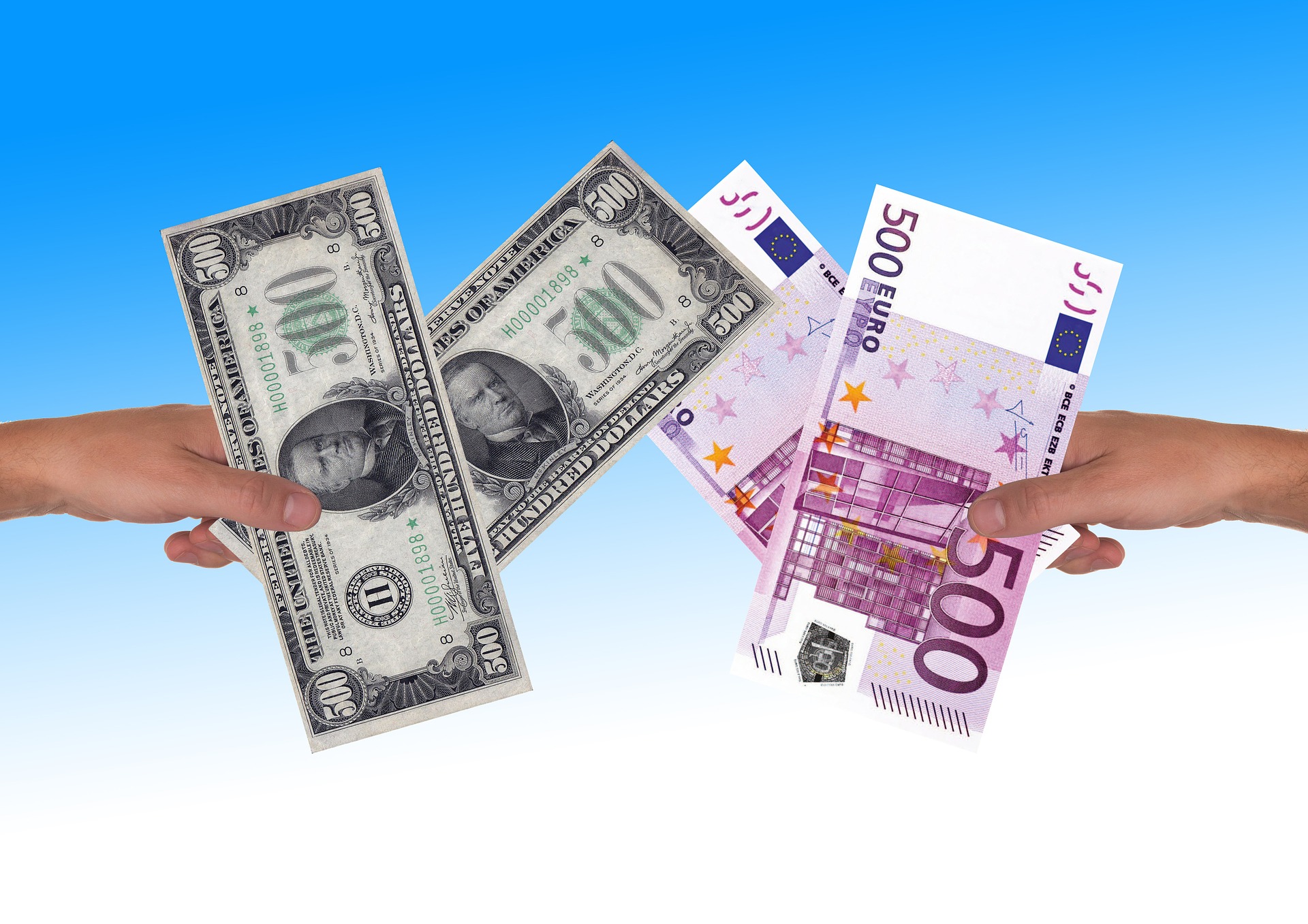
Usually, information can be encoded in the following four ways:
- Visual encoding
- Acoustic encoding
- Semantic encoding
- Tactile encoding

Therefore, you may have the memory of the refreshing smell of the flowers your mom grew, the sound of the ocean waves, the first loving letter you received, etc.
The reason that you can still remember all these without actually experiencing them again is that they’ve already been stored in your head.
Storage
You’ll find that, sometimes, you can still recall the excitement when you first saw a Santa Claus showing up at your house with loads of gifts several years back. But you can barely recall the joke you heard one week ago.
How come?
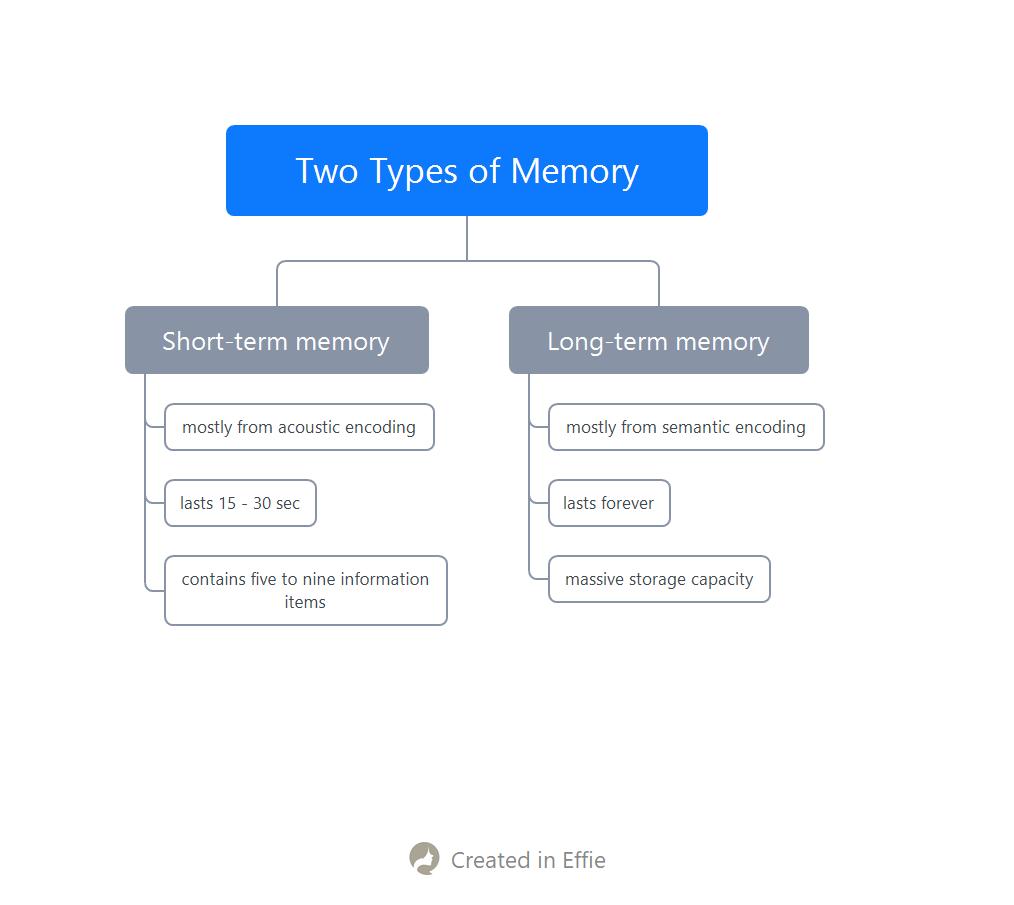
As presented above, there are two types of memory, short-term memory and long-term memory.
Usually, information encoded acoustically is stored as short-term memory, which only lasts for 15 to 30 seconds with five to nine items at a time.
However, information fully comprehended can be stored as long-term memory to be retrieved anytime later without fearing insufficient memory storage.
Retrieval
Think of a song that you’ve played quite often these days. I bet you know the chorus, but not the whole song.

Study shows that only information encoded into long-term memory can later be retrieved. The chorus is repeated at least twice in every song. Through constant repetition, it gradually becomes one of your long-term memories.
So whenever you feel like humming, you hum the chorus first.
You might start to wonder what mind maps have to do with all this. Look at the mind map below and you’ll see why.

Look familiar? A mind map basically follows the way your brain works, with images and association. It is exactly because a mind map and your brain share certain similarities, it can assist the processes of encoding, storage and retrieval effectively.
How does a mind map assist your memory?
1. Keywords
Keywords can be as concise as possible, so it won’t be a burden to your brain. Compared between recalling a long sentence and a keyword, which one is easier?
Also, keywords help to encode in the way it simplifies understanding.
Say, your art teacher asks you to answer what’s so special about Mona Lisa in one sentence. You probably need more time to think before giving an ideal answer.
How about in just three words?
2. Association
Once your central idea is settled, your brain will start to make connections. In a mind map, you connect two keywords with a curved line, again, just like your brain.
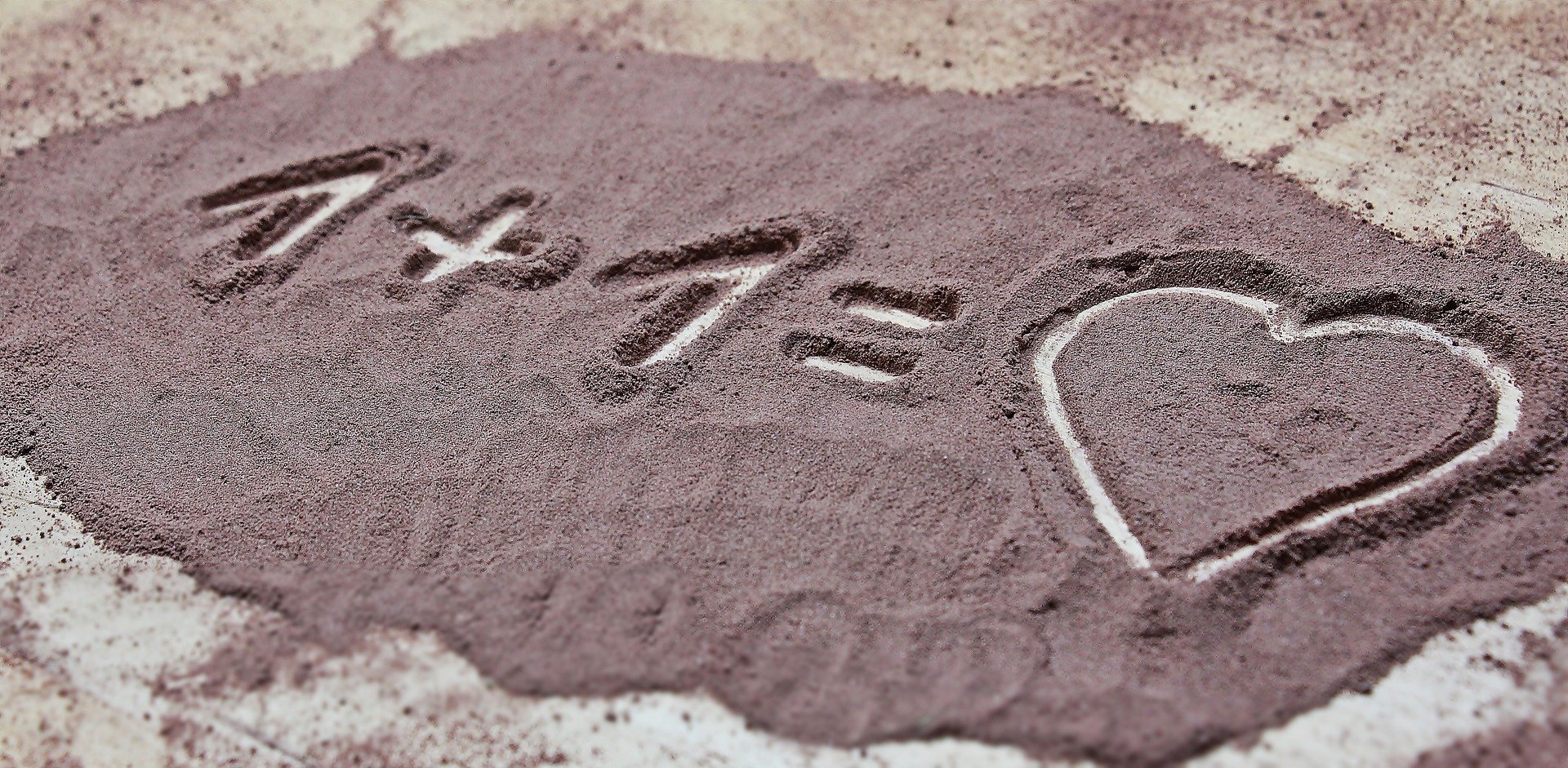
With the help of mind maps, you get to practice non-linear thinking mode, to “radiate” out from a central idea in multiple directions, hence usually with multiple solutions. So one plus one doesn’t necessarily equal two.
3. Images and colors
A picture is worth a thousand words in the sense that it delivers ideas more quickly and effectively. Imagine all traffic signs are designed into words, not images. One thing to be sure, the number of people who die in car accidents every year will inevitably soar.

As for colors, here’s a little fun fact about programmers, they use different colors to differentiate codes in order to work more efficiently. Because colors create a structure for a better review.

A mind map uses different images and colors for the same reason, to facilitate quick understanding and thought organization. Once you comprehend the information well, it can then be stored as long-term memory where you can recall later anytime.
In conclusion, mind maps mainly assist the first two processes of your memory, namely, encoding and storage, both with the ultimate goal of achieving better retrieval later.
Having said that, why not create a mind map yourself?
Not on paper though. Obviously, you wouldn’t want to be bothered by constant erasing and redrawing. It’s time-consuming and distracting.
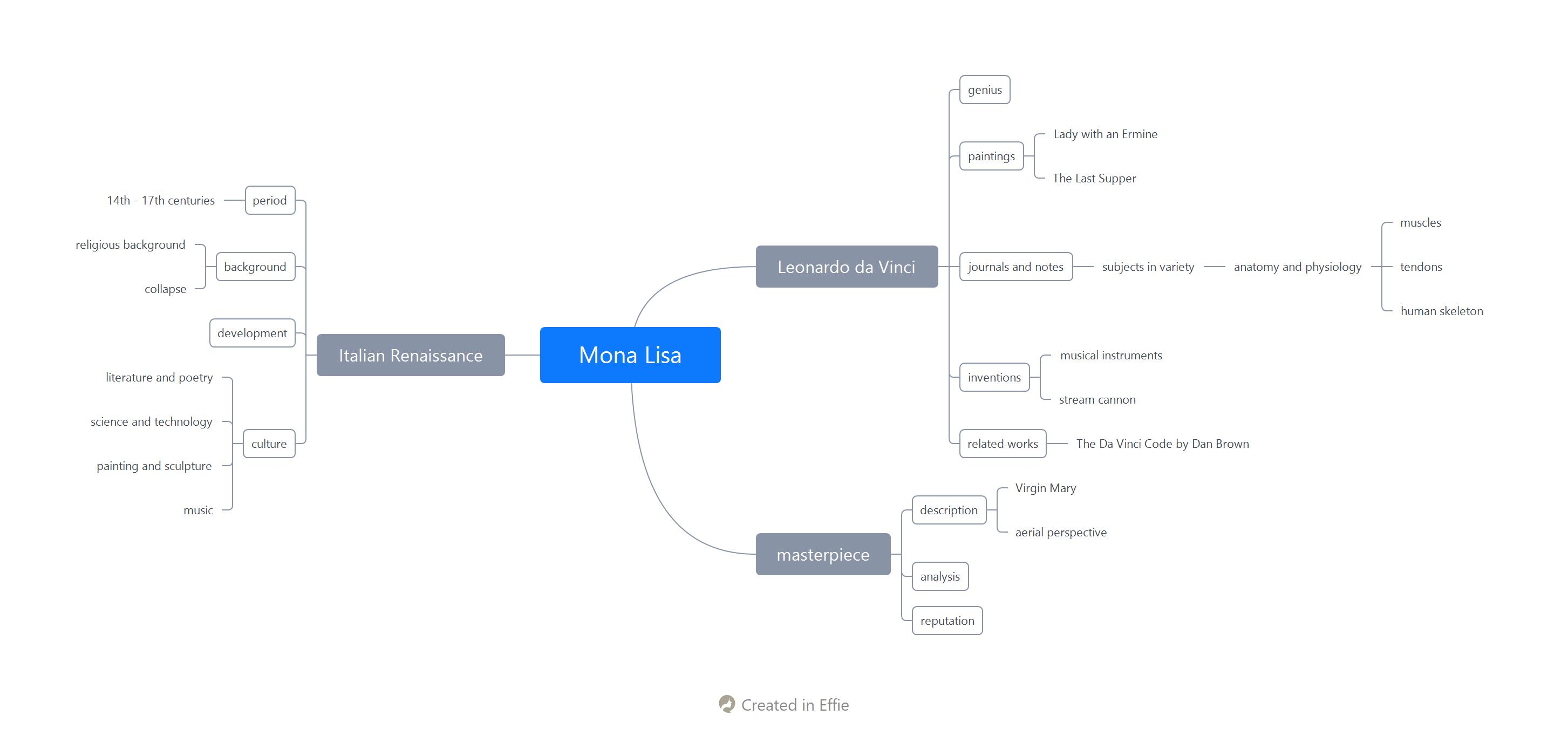
Let Effie help you with the mind map, and you can finish a mind map within a second. She creates different types of mind maps. All of them are neatly designed and easy to create. So all your attention is paid 100% to generate new ideas.

Apart from mind maps, Effie also helps with the next move, to turn your cool but scattered ideas into one-full profound writing. She strives to create a pure writing environment for you to make sure your ideas stay as original and fresh as they first appeared in your brain.
Where to create a mind map? Download Effie now, and start your mind map journey right away.

